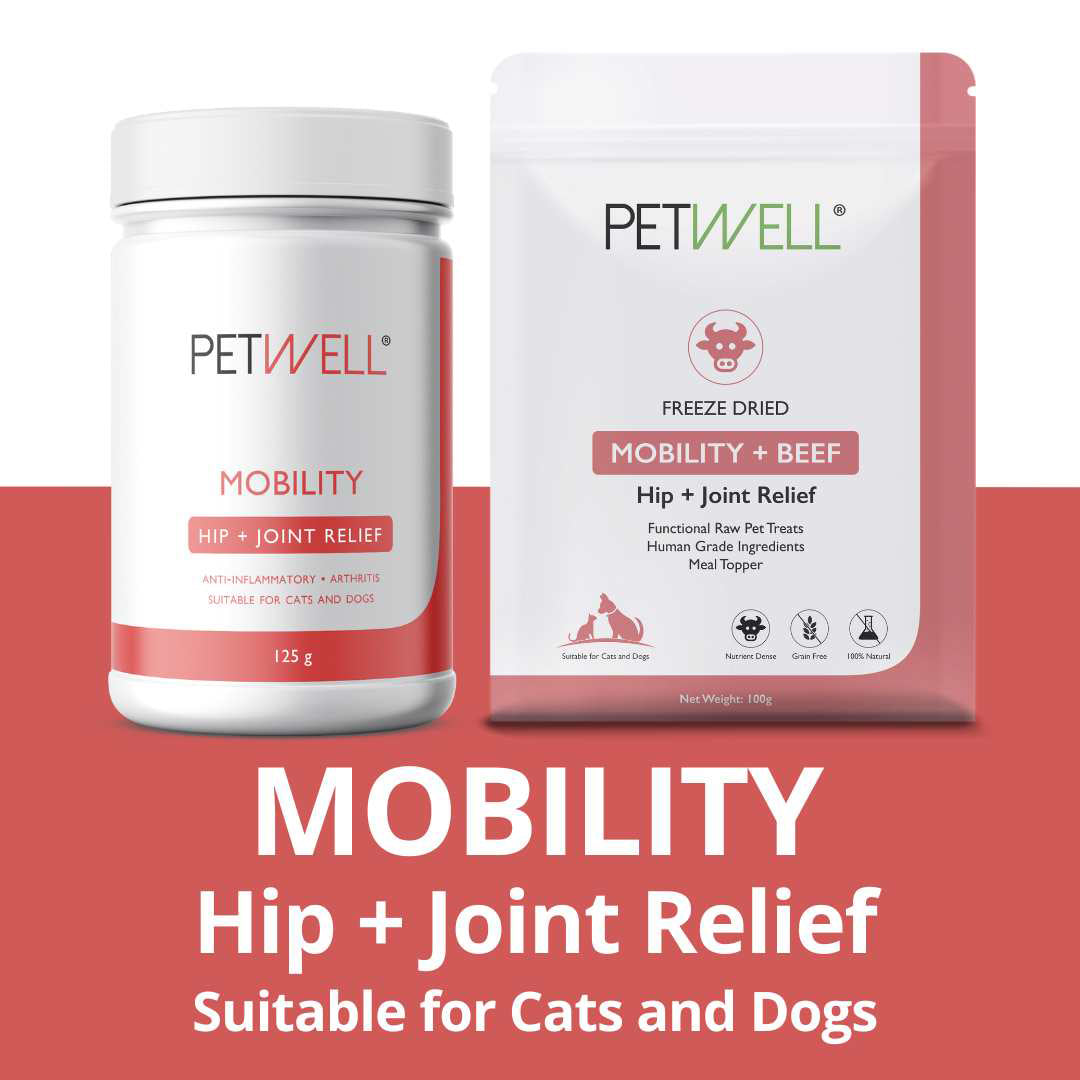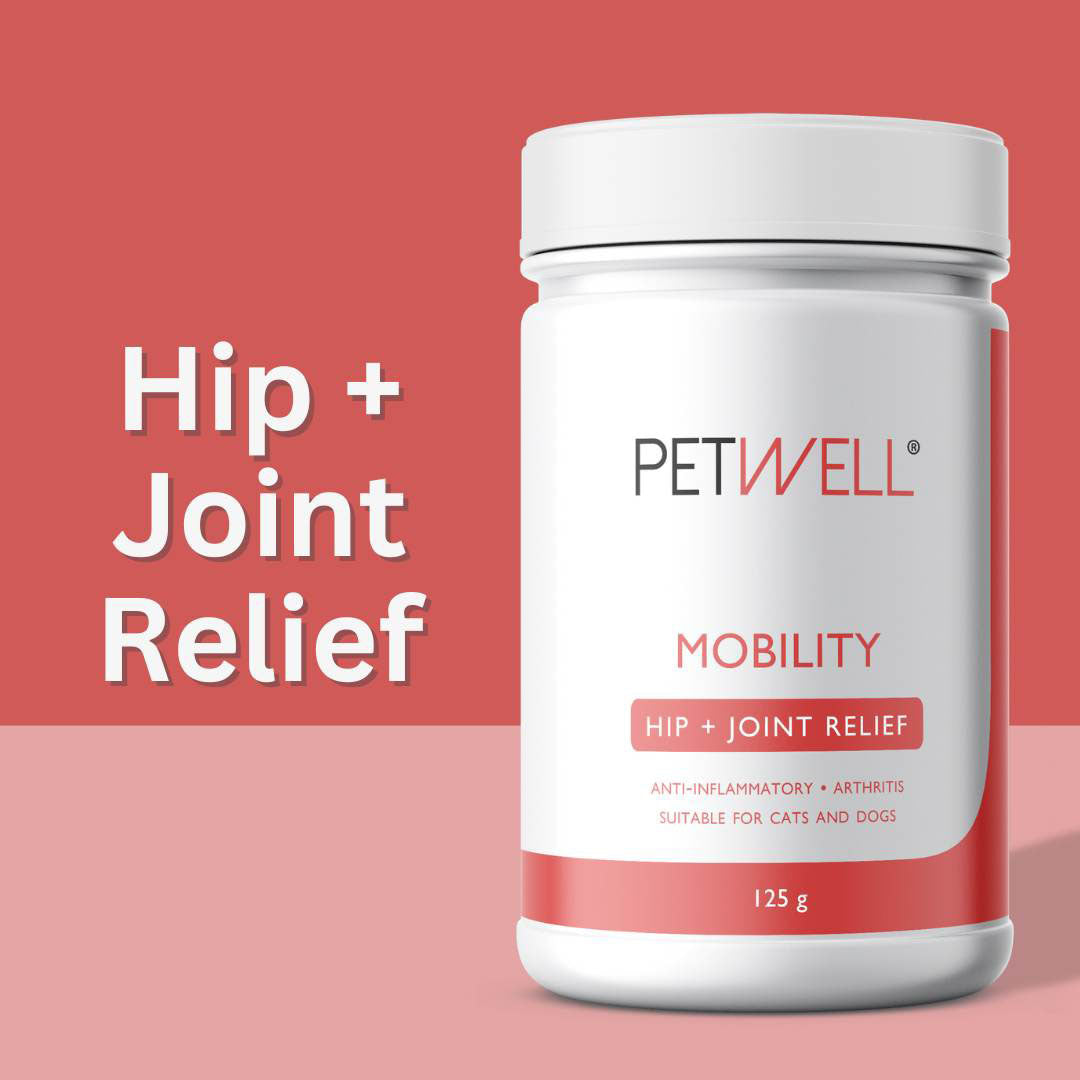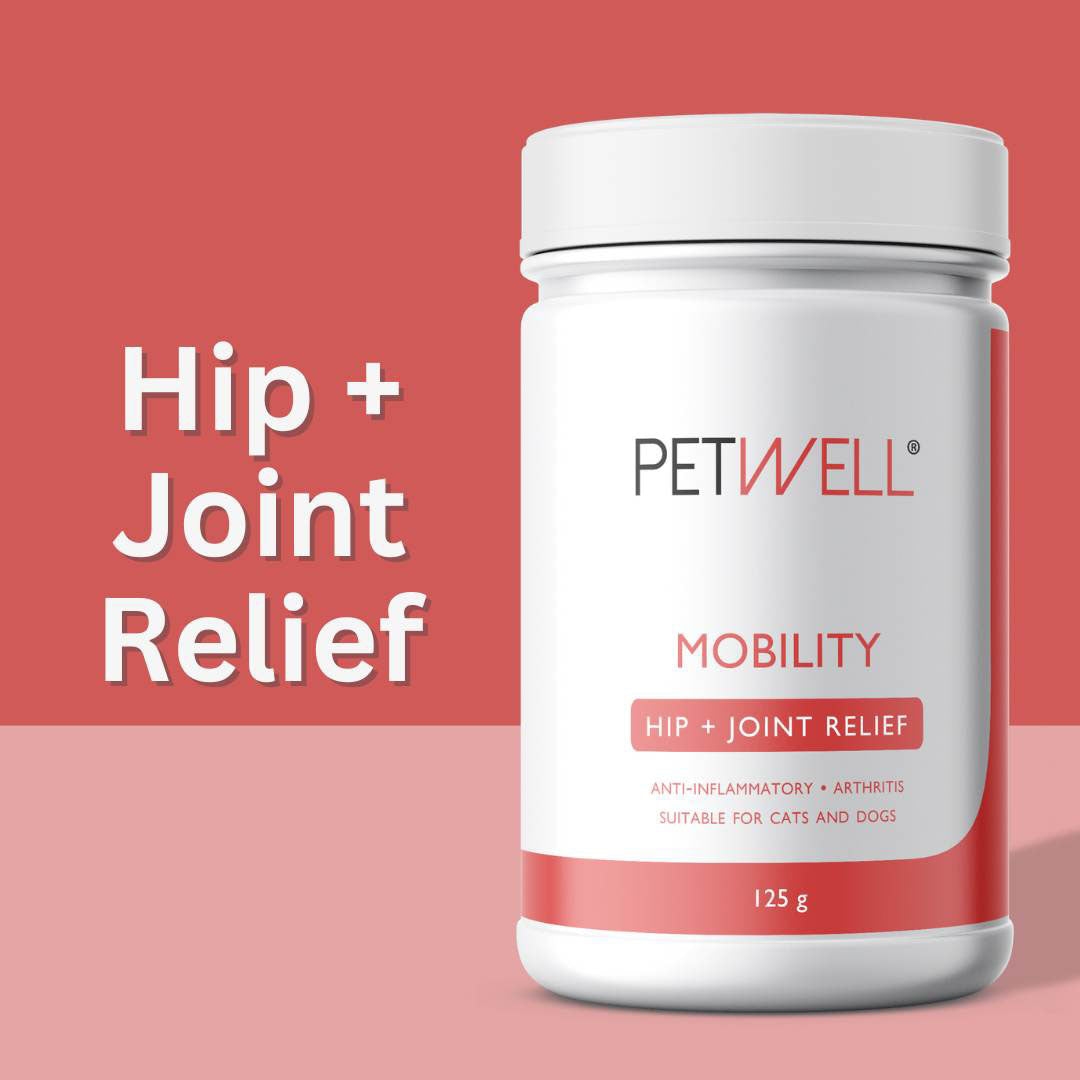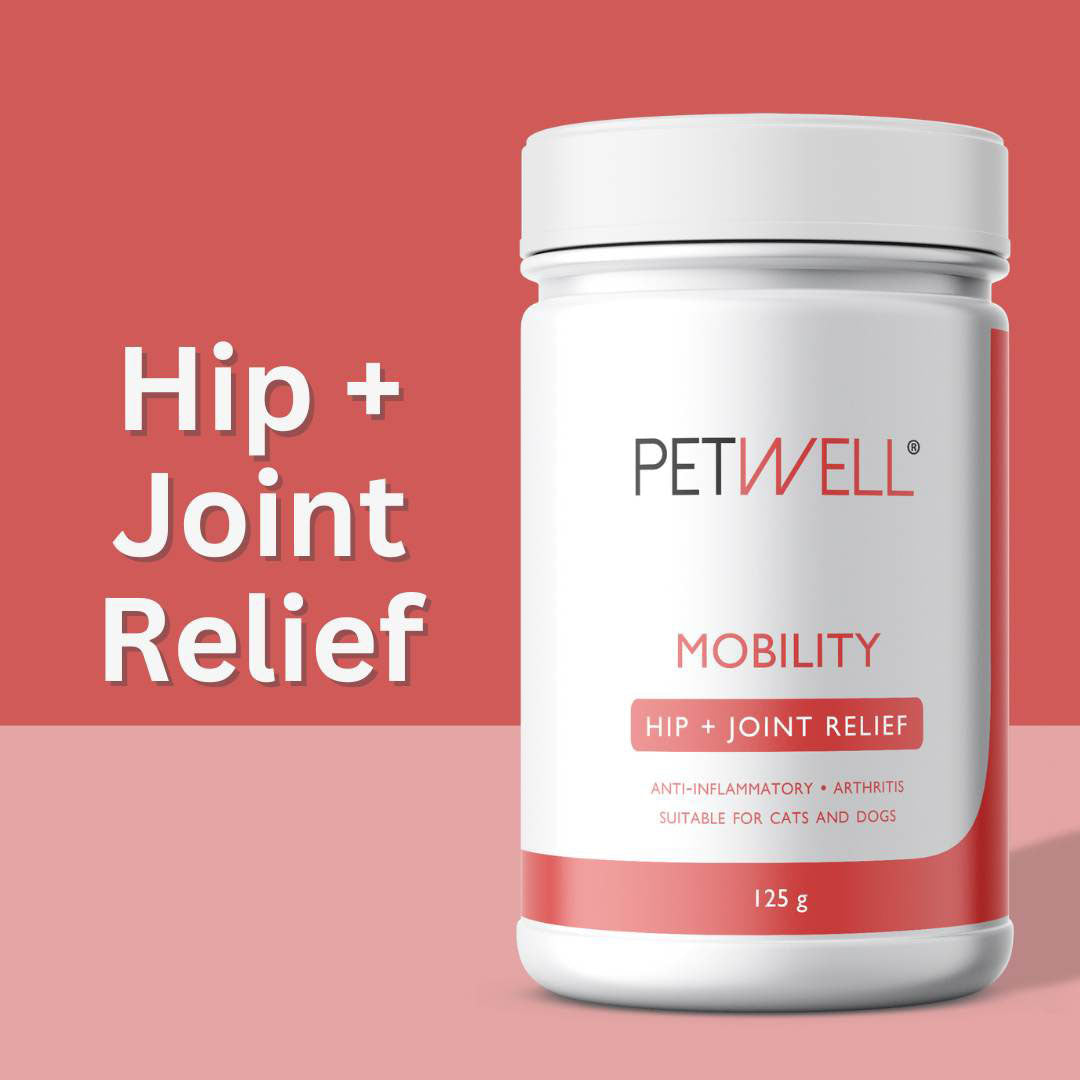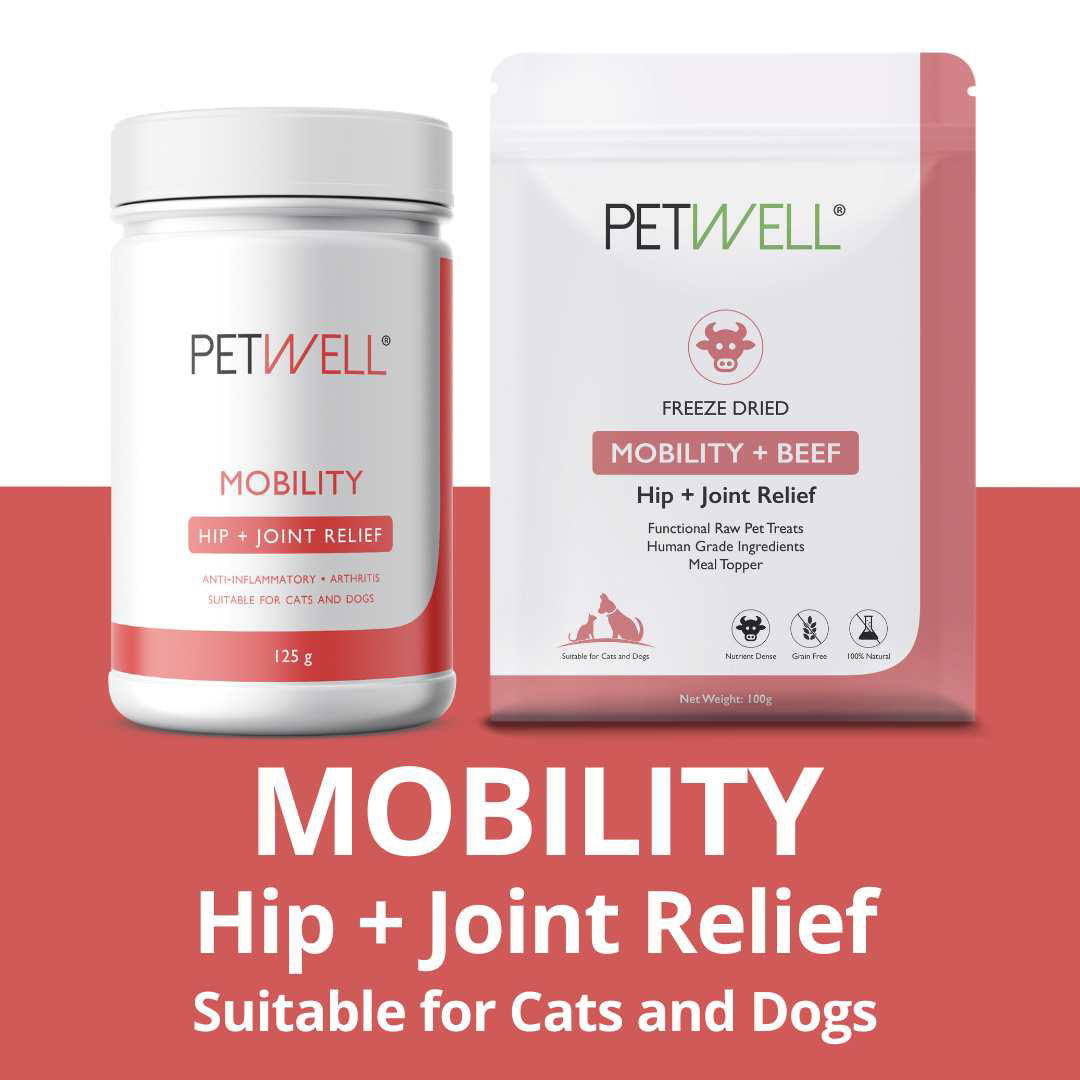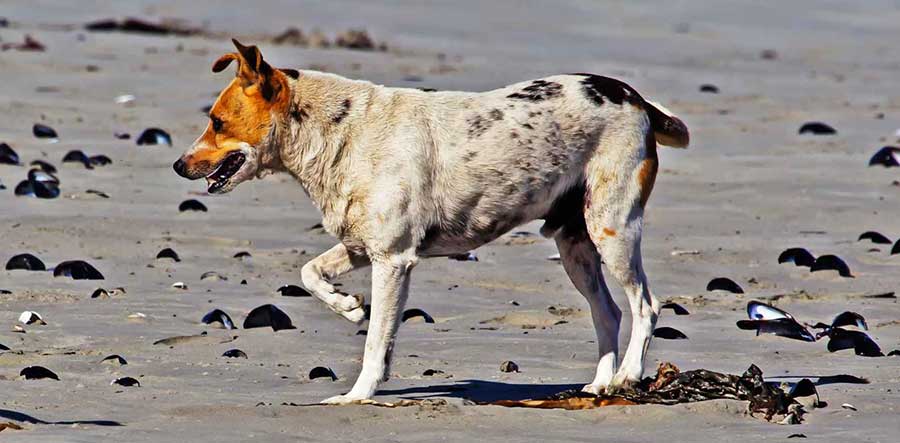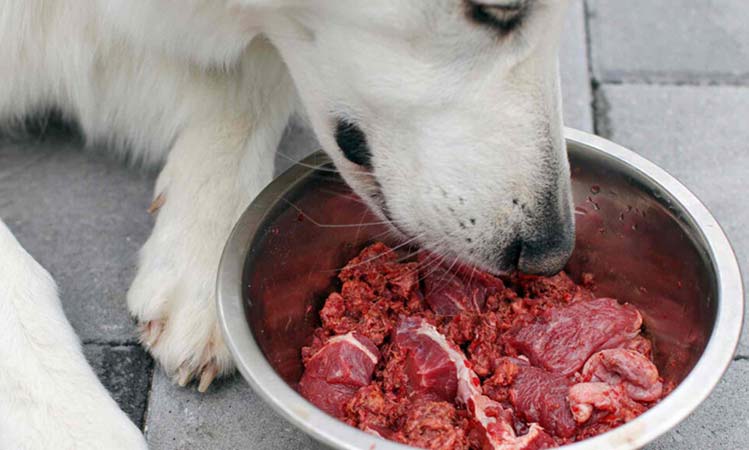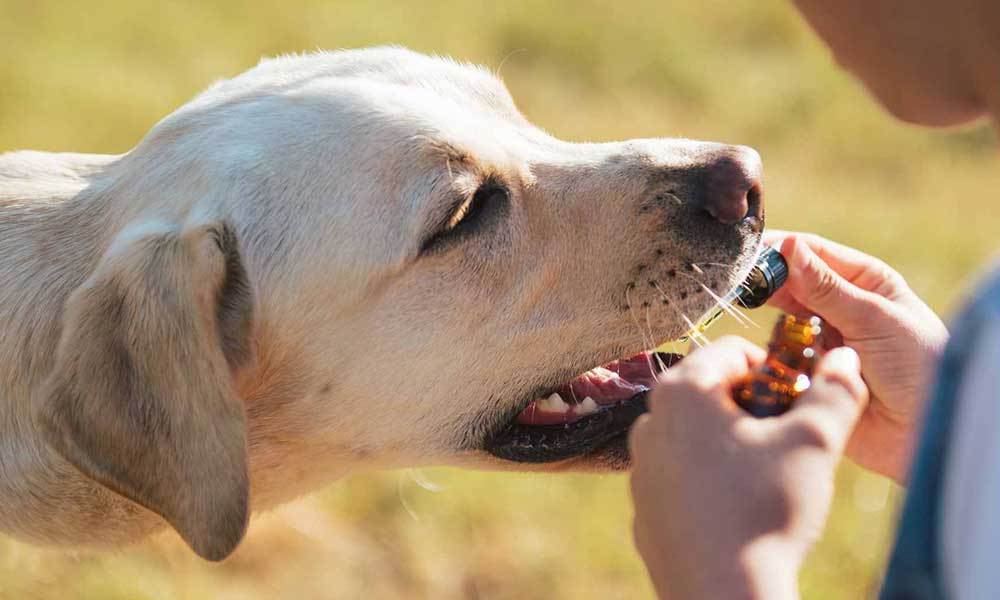Ever wonder what causes joint pain in dogs? First, we need to understand the root issues.
If your dog’s slowing down, struggling with stairs, or just not their bouncy self—it could be more than just “getting older.” Joint pain in dogs is incredibly common, and knowing the cause is the first step to helping them feel better.
If you're not quite sure whether it's joint pain you're dealing with — or you're wondering what to do about it — we've got you covered. This guide breaks down the causes, and when you're ready, you can explore our other helpful resources on:
Natural Solutions for Joint Pain in Dogs
Signs of Joint Pain in Dogs: Spotting Inflammation Early
How to Prevent Joint Issues in Dogs
Let’s dive into what could be going on inside those precious paws.
🦴 1. Osteoarthritis (Degenerative Joint Disease)
Osteoarthritis is the most common culprit. It happens when the cushioning cartilage in your dog’s joints breaks down over time, causing bones to rub painfully together.
Why it happens:
- Age-related wear and tear
- Prior injury
- Poor joint alignment or posture
- Genetics (especially in breeds like Labradors and German Shepherds)
🐶 PetWell Tip: If your dog’s breed is prone to arthritis, supporting their joints early is key. Our PetWell MOBILITY Supplement is designed to ease inflammation and support cartilage health with natural, active ingredients like MSM, New Zealand Green-Lipped Mussel, Boswellia, Turmeric and more.
Living with arthritis doesn’t mean your dog has to give up chasing balls or enjoying long walks. For natural, at-home ways to ease joint pain and keep them moving comfortably, check out our guide on remedies, mobility tips & supplements.
🐕 2. Hip Dysplasia
Hip dysplasia is a condition where the hip joint doesn’t develop properly, leading to instability and eventually, arthritis. While it’s often genetic, it can also be influenced by over-exercising young dogs while their joints are still developing, especially in active working breeds.
Common in: Large and active breeds like Golden Retrievers, Rottweilers, Kelpies, Border Collies, and Great Danes.
Signs: Bunny-hopping when running, limping, stiffness after naps, or avoiding long walks.
Early detection is everything. If your dog’s moving a little funny or hesitating to play, our guide on how to spot joint pain and inflammation can help you know what’s normal—and what needs attention.
🧹 3. Injury or Trauma
Accidents, rough play, or past surgeries can all cause lingering joint damage, especially if the joint didn’t heal properly or bears more weight than it should.
Examples:
- Ligament tears (like ACL injuries)
- Fractures near joints
- Chronic limping after recovery
⚠️ Don’t ignore limps: Even if your dog seems fine later, untreated injuries can become long-term problems. Early intervention with natural anti-inflammatories (like those in our MOBILITY supplement) can help reduce future joint degeneration.
Explore more about home remedies and supplements for joint pain.
Just like humans, dogs' joints can suffer from wear and tear over time, leading to conditions like arthritis, hip dysplasia, and ligament injuries
🧬 4. Inflammatory Joint Disease (Autoimmune)
In rarer cases, your dog’s immune system might attack its own joints, causing inflammation, swelling, and pain. These conditions are usually diagnosed by a vet and managed with a mix of traditional treatment and supportive care.
At PetWell, we believe natural anti-inflammatory ingredients like the ones found in MOBILITY can play a helpful role in supporting dogs through chronic joint inflammation.
🐿️ 5. Obesity & Excess Weight
Every extra kilo puts stress on your dog’s joints, especially the hips, knees, and elbows. Obesity doesn’t just increase wear and tear, it also promotes inflammation throughout the body.
Support Tip: Joint health isn’t just about the joint—it’s about the whole dog. That’s why PetWell products focus on reducing inflammation, supporting gut health (hello, DIGEST!), and delivering bioavailable nutrients for total-body wellness.
🇦🇺 A Note on Aussie Dogs
Many of the most popular breeds in Australia—like Kelpies, Staffies, and Border Collies are highly active and prone to injury or overuse. Combine that with our dry, hot climate, and you've got a recipe for joint wear, inflammation, and dehydration, all of which can make pain worse.
Especially with active Aussie breeds, prevention is half the battle. Learn practical ways to support your dog’s joints before issues arise in our full article on preventing joint issues in dogs.
🐶 What to Do If You Suspect Joint Pain
Watch for:
- Limping or stiffness
- Hesitation to jump or climb stairs
- Personality changes (irritability, less play)
- Licking or chewing joints
Then:
✅ See your vet
✅ Reduce inflammatory stress (diet, movement, joint support)
✅ Add natural anti-inflammatories and joint support like PetWell MOBILITY
Still unsure? Read our full article on how to spot joint pain and inflammation.
Supplements can play a vital role in supporting your dog's joint health by providing essential nutrients that promote cartilage strength, reduce inflammation, and support overall joint function
💡 Final Thought
Joint pain doesn’t have to define your dog’s golden years. By understanding the cause, you can take real action to slow progression, ease discomfort, and keep tails wagging longer.
With love, science, and a few spoonful’s of PetWell goodness, that’s what we’re here for.
🛒 Related Products to Support Joint Health:
- PetWell MOBILITY Supplement – Formulated with Green-Lipped Mussel, Boswellia, Turmeric, and more
- MOBILITY + BEEF Functional Treats – Supplement in a treat, perfect for daily use or training
Disclaimer: The entire contents of PetWell emails and website are not to be taken as medical advice. The team at Pet Squad Pty Ltd trading as PetWell encourages you to make your own pet health care decisions based on your research and in partnership with a qualified pet healthcare professional.
Posted By Ayda Hornak - Trained in Canine Psychology and Natural Animal Nutrition Care








